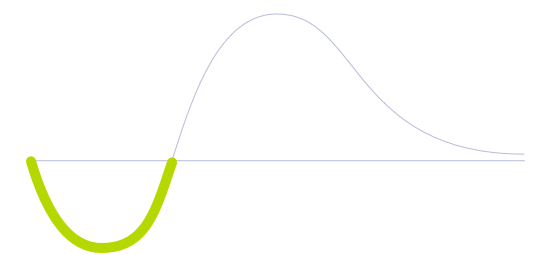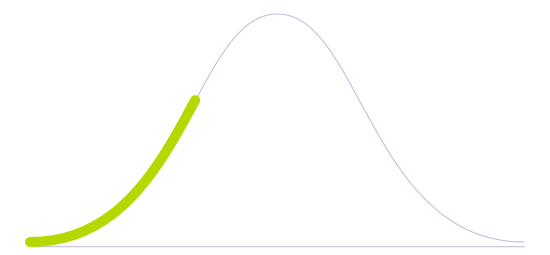Aerogel

Technology Life Cycle
Initial phase where new technologies are conceptualized and developed. During this stage, technical viability is explored and initial prototypes may be created.

Technology Readiness Level (TRL)
Prototype is fully demonstrated in operational environment.

Technology Diffusion
Embrace new technologies soon after Innovators. They often have significant influence within their social circles and help validate the practicality of innovations.

Lightweight, solid, and translucent materials with a vast array of extreme properties, such as ultrahigh porosity, ultralow thermal conductivity, and acoustic isolation. Aerogels can help produce stable, thickened products and enable broader use of active ingredients and fragrances with greater stability and longevity, as well as improve other materials with superelastic characteristics.
Aerogels can be created by replacing liquids with gasses in silica, metal oxide, or a polymer gel. A recent, advanced version of the technology has shown strong shape memory, implying that when aerogels are deformed and cooled, they will maintain the deformed shape. At the same time, they will revert to their original form at room temperature.
One of the key benefits of aerogel is its exceptional insulating properties, which are due to its extremely low thermal conductivity. This makes it an excellent material for use in applications where heat transfer needs to be minimized, such as in building insulation, aerospace components, and cryogenic storage. In addition to its insulating properties, aerogel has a high surface area, making it useful for applications such as catalyst support, gas storage, and environmental remediation. Another advantage of aerogel is its lightweight and low density, making it ideal for use in applications where weight is a concern, such as in space exploration or high-performance clothing. However, despite its many benefits, aerogel can be brittle and fragile, which can limit its use in some applications.
They can also be applied for the design of bionic hands, capable of mimicking coordinated muscle functions when stimulated by heat. Other possible uses range from biomimetic applications to water remediation. Graphene-based aerogels, for example, can convert sunlight into water vapor at room temperature in a low-cost and efficient distiller. In fashion, aerogel is used in jackets, gloves, and hats due to aerogels' insulation properties, thus working as a flexible, hydrophobic, and durable design for winter sports clothing and outerwear.
Future Perspectives
Aerogels could be applied as a green technology on a wide scale in novel ways in diverse industries. Carbon aerogel holds excellent potential as supercapacitors and fuel cells for energy-efficient automobiles. With the advancement of complex organic aerogel compositions, aerogel can potentially serve as the base of various biosensors due to its exceptional elasticity and insulation ability, as well as become part of moisturizing skin patches due to its ability to convert sunlight into water vapor.
Image generated by Envisioning using Midjourney